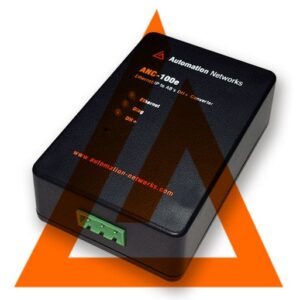Ethernet network in electrical distribution
Source from Schneider Electric
The traditional fieldbus is on the way out as IP-based networks sweeps all before it. Whether you compare absolute growth or market trends, IP-based networks are on the rise across industry. Electrical distribution smart switchboards are no exception.
Yet as little as 10 years ago, traditional fieldbuses ruled the roost. Today, those embracing Ethernet today even include the makers of proprietary traditional fieldbuses who once shut out open network technologies to ensure their virtual monopolies in segments and regions.
Why such enthusiasm for Ethernet fieldbuses?
The simple answer is the advantages of IP-based networks are so impressive that they have become obvious to manufacturers and end-users. Let’s take a look at some of them.
Where Ethernet leaves any other fieldbus far behind is in speed. At device level it’s 60 to 5,000 times faster than anything else with rates of between 10 and 100MB per second. And no worries over bandwidth. It just goes on flowing.
Speed and bandwidth, OK, fine, but what else is so good about Ethernet?
Well, It’s a worldwide IT standard and it’s open:
• As the IT industry continues to drive down costs that means savings for end-users.
• Standard Ethernet is becoming the common factor between industrial process, energy infrastructure, and building management systems.
Also, Ethernet opens the door to new generations of solutions and services:
• Easy remote management through the web and mobile devices.
• New services that improve cost and asset management.
It offers a simple human-machine interface embedded in device web pages – without any programming. And it’s scalable, able to support an unlimited number of nodes.
But why is Ethernet gaining ground only now?
Fair question. Personally, I’ve been a proponent for a good decade now. And we knew Ethernet’s time would come in the process control world. It’s ideal for connecting devices to programmable logical controllers…
But to get back to the question. Why now? Well there used to be an obstacle – determinism. Fieldbuses were deterministic by nature. Ethernet definitely wasn’t. And consequently there were fears over the reliability of real-time control functions over Ethernet networks. Determinism was a determinant.
What is determinism?
Determinism is the predictability of the time it takes data, even in the worst-case scenario, to arrive across a fieldbus at its destination. In the olden days data packets in Ethernet networks used to collide because they all went to all the nodes. In the process bandwidth was lost. Data were lost, too, or at last they took variable paths and times to arrive.
But that was then.
How is Ethernet deterministic now?
When Ethernet uses a full-duplex-switched network it is fully deterministic. Data packages flow both ways with no collision. Delivery is not left to chance and switching delays are measured in microseconds. Full duplex further improves bandwidth and makes wire propagation delays almost insignificant.
And when broadcast rate limiting keeps traffic down and multicast filters ensure multicast messages go only where they are intended, frames no longer have to queue – or hardly at all. So no threat to determinism from congestion or flooding.
In a word, an electrical distribution switchboard controlled through an Ethernet network is as deterministic as any fieldbus.




